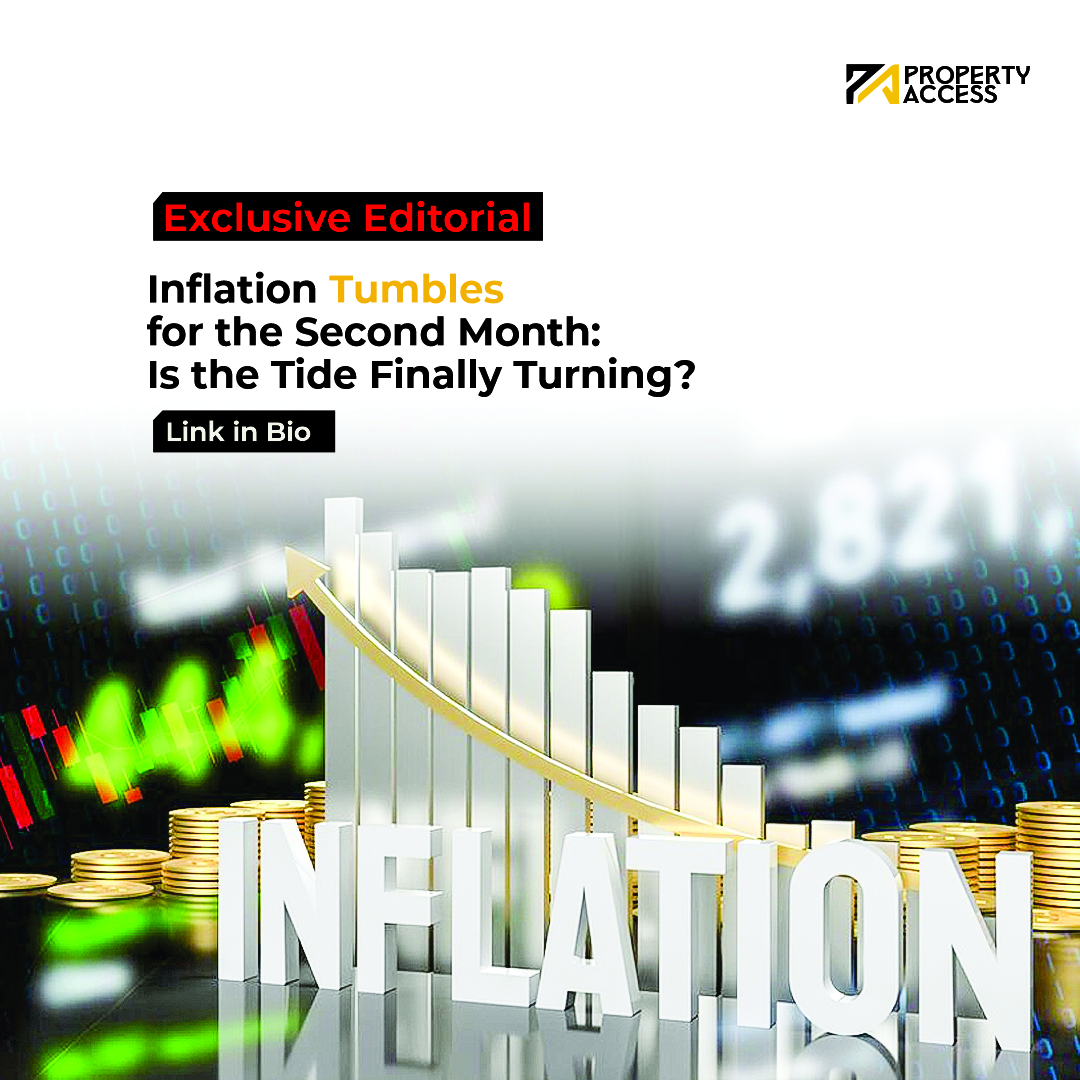Editorial
The inflation rate in Nigeria continued to show signs of easing, as the National Bureau of Statistics (NBS) reported a drop to 32.15% in August 2024, down from 33.40% in July. This marks the second consecutive month of decline, sparking cautious optimism among consumers and economic analysts alike. However, despite this slight relief, the country remains in the grip of significantly high inflation when compared to the same period in 2023, where inflation was pegged at 25.80%.
A closer look at the numbers reveals the complexity of the inflationary trend. While the month-to-month drop is a positive sign, on a year-on-year basis, the inflation rate is still 6.35% higher than last year’s figures. This underscores the challenge facing the government and economic policymakers in taming the persistent upward pressure on prices.
The Urban-Rural Divide: A Closer Look
The inflation dynamic presents a tale of two regions, urban and rural. In urban areas, inflation stood at 34.58% in August 2024, a 6.89% increase from the 27.69% recorded a year ago. On a month-to-month basis, however, there was a slight reprieve, with urban inflation dropping to 2.39% from 2.46% in July. Similarly, rural inflation, though marginally lower at 29.95% year-on-year, still outpaces the 24.10% recorded in August 2023. Month-to-month, rural inflation also saw a slight decline, resting at 2.06% compared to 2.10% in July.
These figures reflect the complex interaction of factors driving inflation in different parts of the country. Urban centers, with their higher cost of living and greater demand for goods and services, continue to experience sharper inflation spikes, while rural areas, though relatively insulated, are not immune.
Food Inflation: A Persistent Challenge
Food inflation continues to be a major driver of the overall inflation rate, with August 2024 food inflation standing at a staggering 37.52% year-on-year, up by 8.18% from August 2023. Price increases in essential items such as bread, maize, yam, and cooking oils have been especially pronounced, putting additional pressure on households already stretched thin by economic hardships. The month-to-month food inflation rate saw a slight decline, resting at 2.37% in August compared to 2.47% in July.
The NBS attributes the slight drop in food inflation to reduced price increases in items like tobacco, tea, cocoa, coffee, and vegetable oil, but cautions that the overall trajectory remains upward.
Regional Inflation: Disparities Across States
Geographically, inflation remains uneven, with states like Bauchi (46.46%), Kebbi (37.51%), and Jigawa (37.43%) seeing the highest year-on-year headline inflation in August 2024. On the opposite end, states such as Benue (25.13%), Delta (26.86%), and Imo (28.05%) recorded the slowest rises. For food inflation, the northern states bore the brunt, with Sokoto, Gombe, and Yobe experiencing the highest increases, while the southern states saw more moderate rises.
Month-on-month, Kwara, Bauchi, and Adamawa led the charge with the steepest price hikes, while Ogun and Abuja experienced the smallest increases.
Where Do We Go From Here?
While the decline in inflation over the past two months offers a glimmer of hope, it remains to be seen whether this trend can be sustained. The NBS report points to structural factors still at play, such as supply chain disruptions, volatile global commodity prices, and persistent currency devaluation, which all continue to exert pressure on the cost of goods and services.
As Nigerians continue to grapple with high living costs, the slight inflation dip will be welcomed, but it will take more than two months of easing to alleviate the economic strain felt by households and businesses across the country. Will policymakers seize this opportunity to implement lasting reforms, or will inflation bounce back stronger than ever? Only time will tell.




